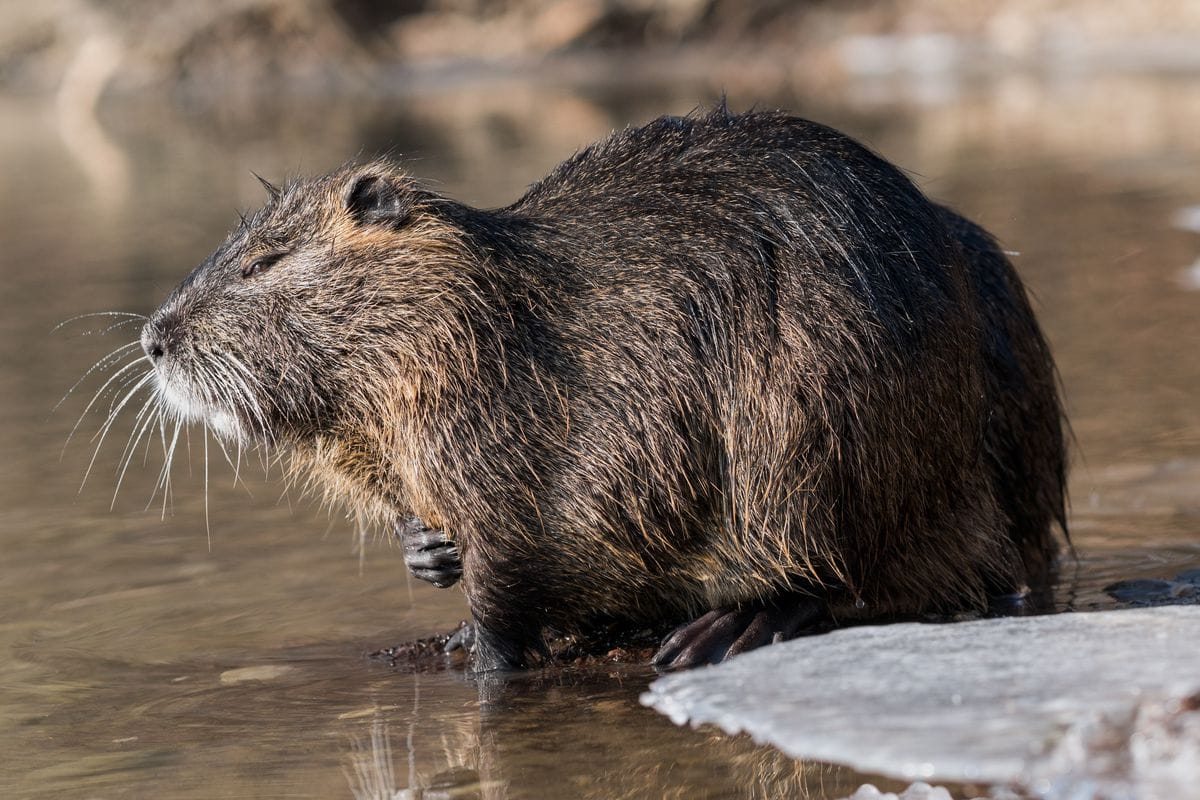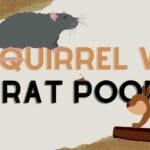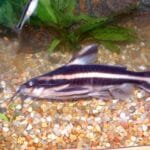Get ready to dive into the world of nutria, a furry little critter that’s munching its way through ecosystems around the world. These guys look like beavers but they’re actually giant rodents with an appetite that would make your stomach growl. They’re eating their way through marshes, farms, and even impacting our health, so let’s take a closer look at these fascinating and destructive little creatures.
The Global Invasion of Nutria: A Growing Threat
You’ve probably heard of invasive species—those plants and animals that end up wreaking havoc on ecosystems where they don’t belong. Nutria are a prime example. They may look like a cute cross between a giant rat and a beaver, but their impact is anything but adorable.
Originally from South America, nutria have spread across the globe thanks to the fur trade and escapes from captivity. They’ve established themselves in North America, Europe, Asia, and Africa, impacting diverse ecosystems.
Nutria possess an insatiable appetite for vegetation, consuming up to a quarter of their body weight every day. This voracious feeding can decimate wetlands, wiping out native plants and disrupting the delicate balance of the ecosystem.
Their burrowing habits also pose significant problems. Nutria create elaborate tunnels near water, which can weaken levees and dikes, increasing the risk of erosion and flooding. Their constant digging can also damage crops, leading to significant agricultural losses.
Combating the Nutria Invasion: A Multifaceted Approach
Scientists and conservationists are employing various methods to manage nutria populations and mitigate their impact:
- Trapping and Hunting: While effective in reducing numbers, these methods are labor-intensive and raise ethical concerns about animal welfare.
- Biological Control: Research is exploring the introduction of predators or diseases specific to nutria, but this approach carries the risk of unintended consequences for other species.
- Habitat Modification: Making areas less hospitable to nutria, such as removing their preferred food sources or altering water levels, is another strategy.
- Innovative Solutions: Scientists are continually seeking new solutions, including fertility control and genetic techniques, to manage populations more sustainably.
Public awareness is crucial in the fight against invasive species. Reporting nutria sightings to local wildlife agencies and supporting organizations involved in wetland restoration and invasive species management are essential steps. Remember, never release pet nutria into the wild!
The battle against invasive species is a continuous process, and nutria are just one piece of a complex puzzle. It demands a collaborative effort from scientists, policymakers, and individuals to protect our ecosystems and prevent further damage.
Do Coypu Live in Britain? Unveiling a Potential Resurgence
Coypu, another name for nutria, once ran rampant in Britain after escaping fur farms in the 1920s. By the 1960s, their numbers had exploded to an estimated 200,000, wreaking havoc on riverbanks and crops.
Recognizing the severity of the situation, the British government launched a massive eradication campaign in the 1970s and 1980s, successfully eliminating coypu by 1987.
However, whispers and rumors of sightings persist. Could a small, elusive population have survived? The possibility, however slim, cannot be discounted.
Furthermore, a changing climate, with warmer winters and rising sea levels, could create ideal conditions for coypu to stage a comeback.
While there’s no concrete evidence of a full-blown coypu resurgence, vigilance is crucial. Public reporting of any potential sightings could be vital for early detection and rapid response, preventing these furry escape artists from regaining a foothold in Britain.
Is a Nutria a Giant Rat? Separating Fact from Fiction
Nutria are often mistaken for giant rats due to their size and appearance. While they share some visual similarities, nutria are not rats at all. They belong to the family Echimyidae, which includes spiny rats, while true rats belong to the family Muridae.
Here’s a closer look at the key differences:
| Feature | Nutria | Rat |
|---|---|---|
| Size | 40-60 cm (16-24 in) + tail; up to 9 kg (20 lbs) | Significantly smaller, various sizes |
| Tail | Round, hairless, scaly | Long, thin, usually covered in hair |
| Habitat | Semi-aquatic, prefers wetlands and waterways | Primarily terrestrial |
| Behavior | Excellent swimmers, build burrows near water | Some species are good swimmers |
| Native Range | South America | Worldwide |
Why is accurate identification important?
Nutria are a highly invasive species. Mistaking them for rats can hinder efforts to manage their populations and protect native ecosystems. Correctly identifying nutria is crucial for effective conservation strategies.
Beaver vs. Nutria: A Tale of Two Ecosystem Engineers
While both beavers and nutria are semi-aquatic rodents, they have distinct characteristics and ecological roles. Confusing the two can have significant consequences for conservation efforts.
Let’s break down the key differences:
| Feature | Beaver | Nutria |
|---|---|---|
| Origin | North America, Europe, Asia | South America |
| Ecological Role | Keystone species, creating wetlands through dam building | Invasive species, often causing damage through overgrazing and burrowing |
| Tail | Wide, flat, scaly – used for swimming, signaling, and support | Round and sparsely haired |
| Size | Larger, up to 60 lbs | Smaller, typically around 20 lbs |
| Habitat | Prefers rivers and streams | Adaptable to various wetlands |
Spotting the Difference:
- Tail: The most reliable way to differentiate them. Beavers have a distinctive flat, scaly tail, while nutrias have a round, rat-like tail.
- Size: Beavers are significantly larger than nutria.
- Behavior: Beavers are known for their dam-building activities, while nutrias are characterized by their destructive feeding habits.
Conservation Implications:
Understanding the difference between beavers and nutria is crucial for effective management strategies. Beavers play a vital role in maintaining healthy ecosystems, while nutria, as an invasive species, often require control measures to protect native habitats.
For further exploration:
Dive into the ancient history of the Hawaiian islands by exploring the Makauwahi Cave Reserve, a hidden gem rich with cultural significance.
Witness the extraordinary spectacle of an orca eating a moose, a rare and awe-inspiring encounter that showcases the power and diversity of the natural world.
- Squirrel Droppings vs. Rat Droppings: A Visual Guide to Accurate Identification - November 23, 2024
- Striped Raphael Catfish: The Complete Care Guide (Tank Setup, Diet & More) - November 23, 2024
- Decoding the Ticked Tabby Kitten: Unveiling Their Unique Coat & Care - November 23, 2024















